[Question]
Is the
profile cutter the same as the pressing milling cutter? And are they made of the same material? Is it interchangeable? For PTH hole cutting with edge less than 1 mm, there will be wire drawing or copper slag problem. I wonder if there is a solution?
[Answer]
There is no problem that they can use the same kind of milling cutter, and their materials are quite similar. However, the quality of the profile cutter used for forming is basically required to be high, so the service life of the two kinds of milling cutters is different. Whether it can be used interchangeably depends on the level of products you get. It is worth noting that some of the less stringent press milling cutters have lower prices and longer distances, but they do not meet the standard of forming milling cutters.
At present, in order to reduce the cost, some manufacturers have changed to press cutter after the cutting life of the forming milling cutter has reached, which is also a way to reduce the cost. Because the tool distance used for plate cutting is almost certainly lower than that used for forming, it should be enough for balanced use in the factory. Relevant manufacturer data, we suggest you can go to the Association website or refer to the procurement manual.
The structure in question is generally called Side PTH structure in the industry. Metals will have ductility, without material support, will produce a considerable amount of stretching wire drawing or hair phenomenon. As a result, the problems you describe arise. The fundamental solution is to remove the metal material in the area to be cut when the sidewall copper is produced by electroplating or etching process.
As long as the tool can not touch, these wire drawing problems will not occur and need not be solved. These practices have appeared in many Japanese module products.

 +86-021-50327060
+86-021-50327060
 zq@lzqtech.com
zq@lzqtech.com
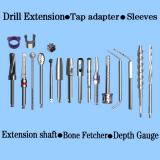 Medical Instrument
We can achieve perfect edge quality and dimensional tolerance up to±0.0005mm (±0.5μm) in the process of micro, ultra-long, ultra-thin, super-abrasive, impact-resistant, high-precision and combined ... VIEW MORE
Medical Instrument
We can achieve perfect edge quality and dimensional tolerance up to±0.0005mm (±0.5μm) in the process of micro, ultra-long, ultra-thin, super-abrasive, impact-resistant, high-precision and combined ... VIEW MORE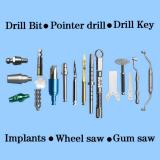 Implant
Corresponding and matching drills and tools of different types, forms, shapes, structures can be high precisely ground to mold according to different brands and different types of implants forms, shap... VIEW MORE
Implant
Corresponding and matching drills and tools of different types, forms, shapes, structures can be high precisely ground to mold according to different brands and different types of implants forms, shap... VIEW MORE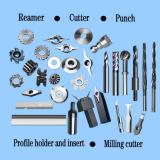 Cutting Tools
Super-hardness machining for special, non-standard new ite ms with different size and tolerance. VIEW MORE
Cutting Tools
Super-hardness machining for special, non-standard new ite ms with different size and tolerance. VIEW MORE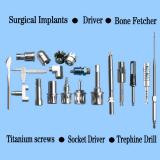 Accessory Parts
we can customize for you according to your samples or drawings for any manufacturing of ceramic,carbide,stainless high-speed steel, stainless steel, titanium alloy, titanium diamond, etc series, hig... VIEW MORE
Accessory Parts
we can customize for you according to your samples or drawings for any manufacturing of ceramic,carbide,stainless high-speed steel, stainless steel, titanium alloy, titanium diamond, etc series, hig... VIEW MORE

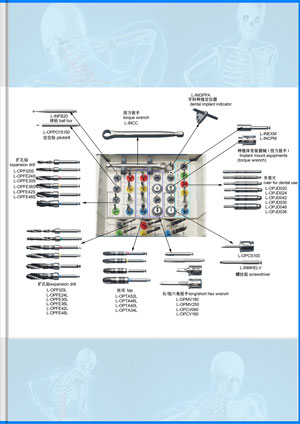
 +86-021-50327060
+86-021-50327060 
 NO.1269 Plant, Jinhu Road, Jinqiao Export Processing Zone, Pudong New District, Shanghai, China.
NO.1269 Plant, Jinhu Road, Jinqiao Export Processing Zone, Pudong New District, Shanghai, China. 
